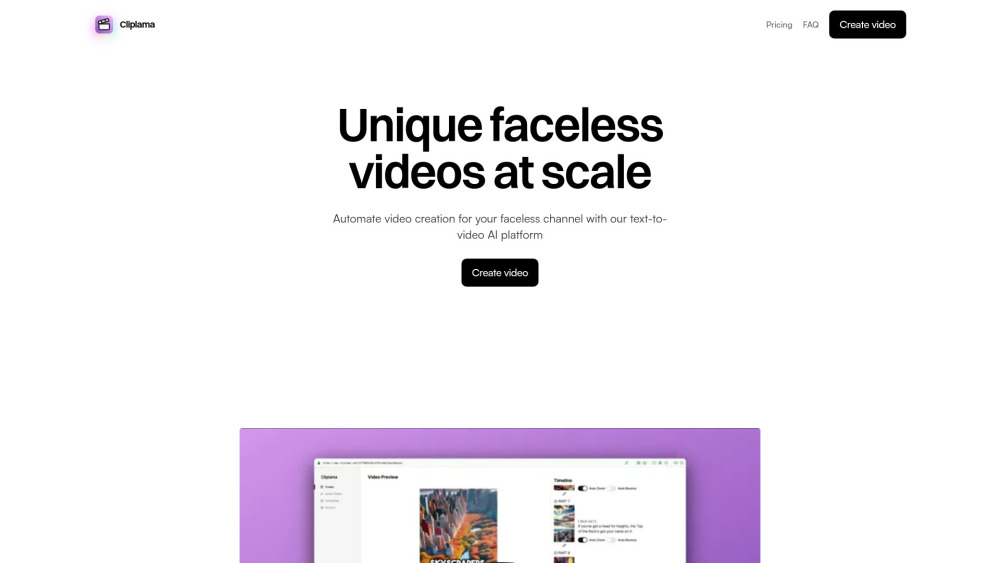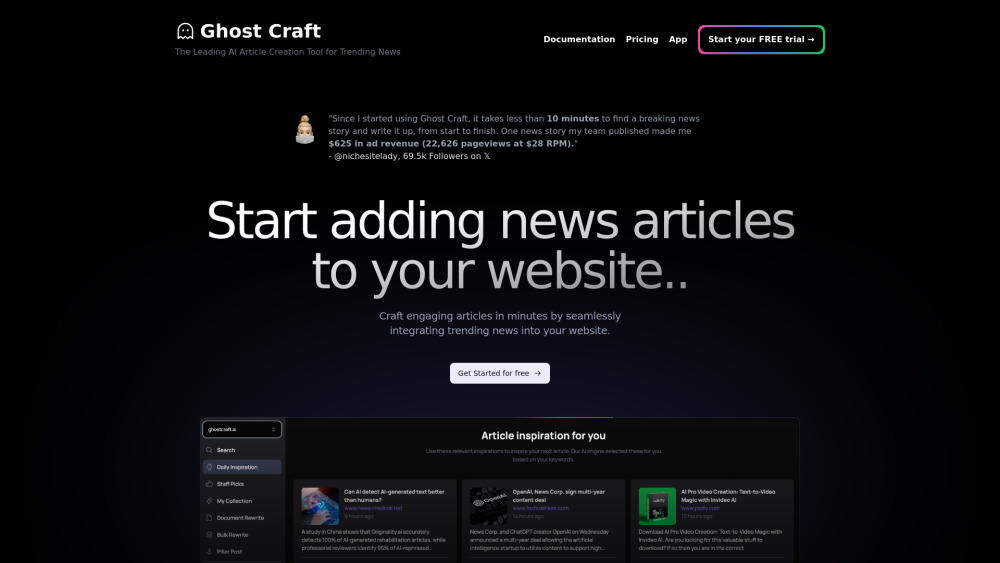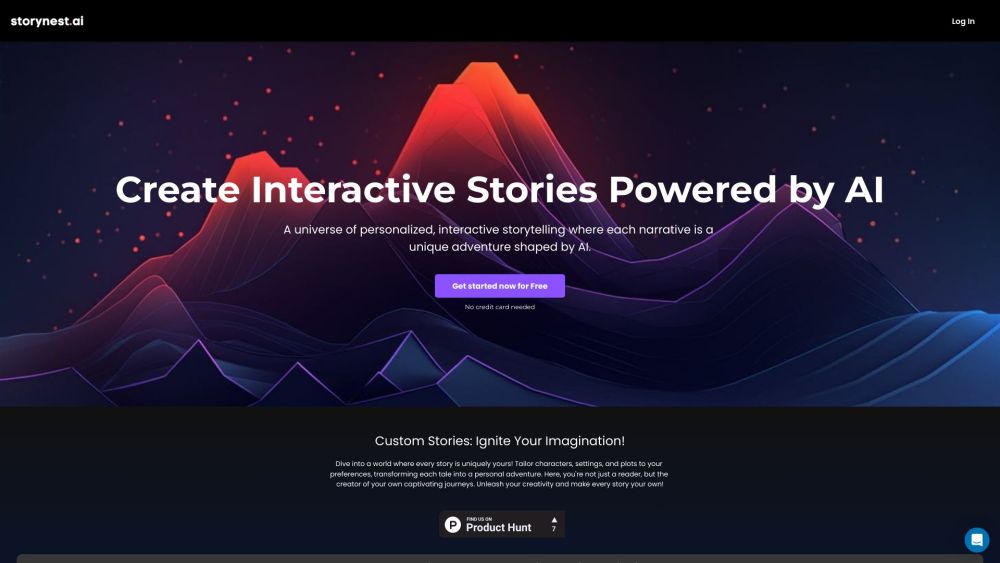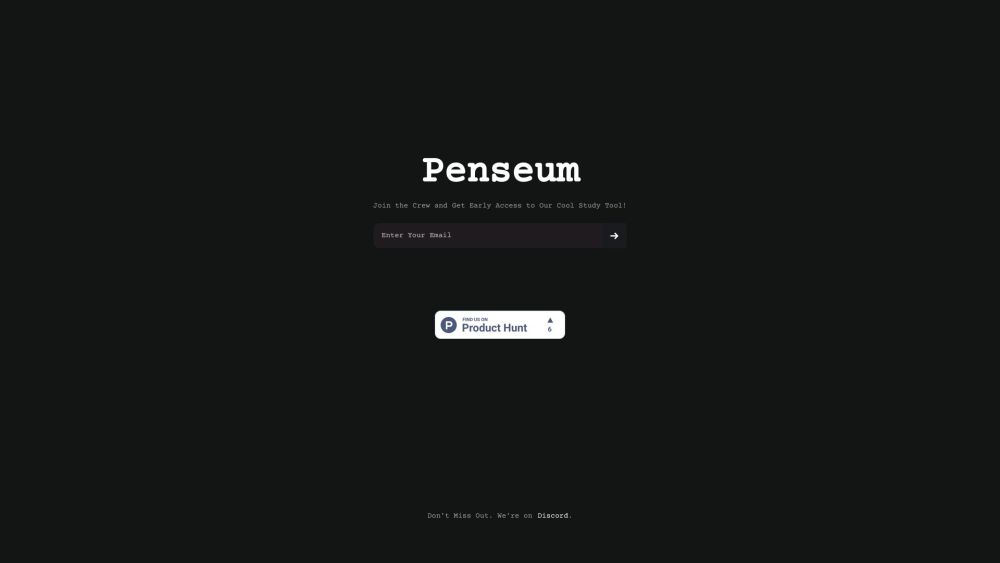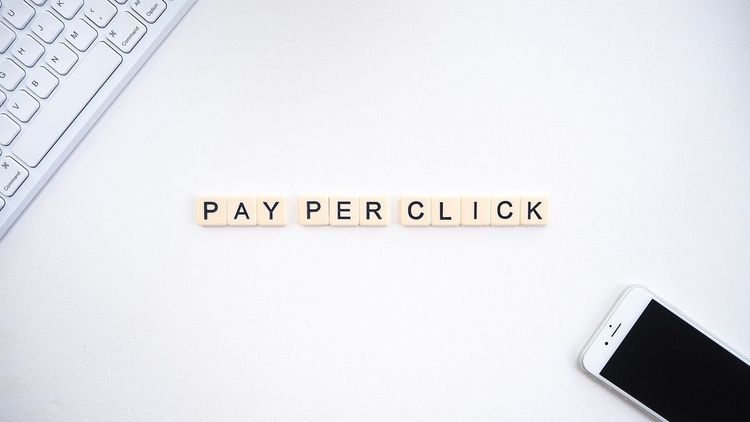Apple's "Visual Intelligence": Shaping the Future of Search
In its latest event, Apple introduced a groundbreaking feature called "Visual Intelligence," marking a new collaboration model with Google Search. While Alphabet, Google's parent company, pays approximately $20 billion annually to keep its search engine as the default option in the Safari browser, Apple's AI-driven feature is set to deepen and diversify this partnership amid rapid advancements in artificial intelligence.
Multi-functional Camera Control Button
The iPhone 16 features a reimagined camera control button that allows users to not only capture photos and record videos but also to slide and adjust settings like zoom, exposure, and depth of field. Importantly, this button will serve as the gateway to the "Visual Intelligence" search function. Craig Federighi, Apple’s Senior Vice President, noted that a simple tap will enable users to access Google Search directly, providing an innovative visual search experience.
Evolving Collaboration between Google and Apple
This new capability is akin to Google's Google Lens and Pinterest Lens, designed to leverage camera technology for real-time information retrieval. Apple showcased several practical examples, such as checking restaurant hours, identifying pet breeds, and converting information from wall posters directly into personal calendars with a single tap. Users can access Google search as well as third-party services like OpenAI’s ChatGPT.
The Intersection of AI and New Search Models
Experts suggest that the collaboration between Apple and Google is transitioning from traditional search engines to smarter, interactive visual search solutions. Users are expected to rely more heavily on these AI-driven functionalities, rather than limiting themselves to standalone applications. This new model transcends the confines of conventional app stores and enhances interaction between Apple and various services. In scenarios involving AI assistants and text communication, users can easily engage with ChatGPT through Siri, boosting productivity and learning.
Antitrust Challenges and Collaborative Roadblocks
Recent U.S. court rulings against Google for antitrust violations have introduced potential complications for the $20 billion paid to Apple. If legal challenges disrupt this collaboration, Apple's pre-tax profits, estimated at 15%, could be impacted. Nevertheless, the "Visual Intelligence" feature suggests that Apple and Google are actively seeking new collaboration opportunities, likely adapting their partnership in response to the evolving regulatory landscape.
Conclusion
With the introduction of the "Visual Intelligence" feature, Apple is redefining its partnership with Google, enhancing the search capabilities of the iPhone and driving practical applications of artificial intelligence. As Apple continues to integrate more third-party services, the future smartphone experience promises to be even more convenient, offering users innovative ways to interact with technology.
